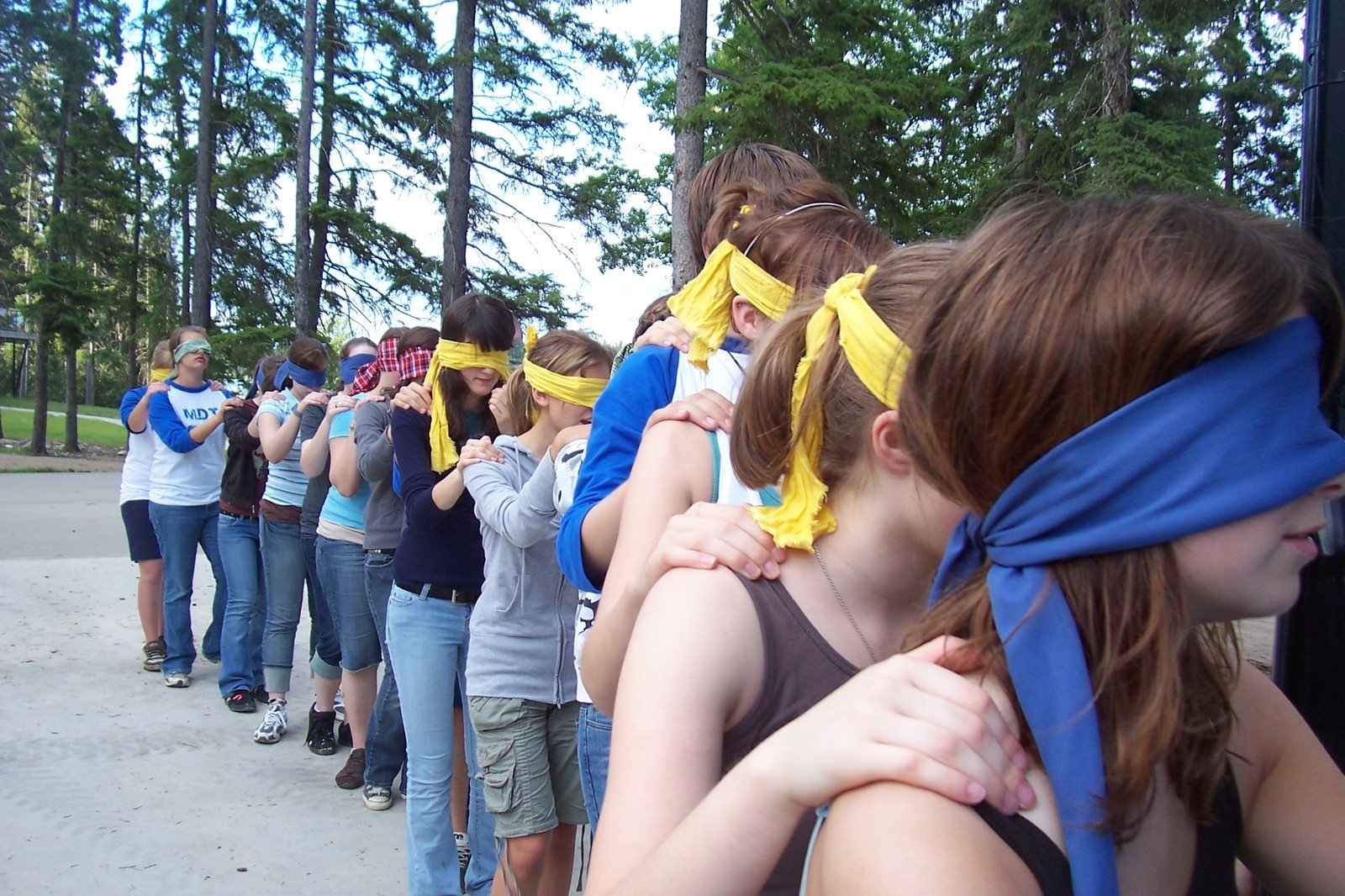

Blind Leading the Blind
"So the Trump "swamp" is trying to defy court rulings and bring back software patents rebranded as “computer-implemented inventions”."The Office, however, not to be mistaken for actual courts, doesn't seem to care. The number of new patents declined last year (but it's still far too high) and judging by Patently-O's assessment of the government shutdown, we might expect that number to decline further this year. "Once funds run out, the PTO is looking for ways to keep the doors open enough to continue to accept new application filings — while shutting down examination and PTAB activities," Dennis Crouch wrote. "It is likely that a special PTO funding bill would receive bipartisan support — keeping the patent office rolling while other government services are shut-down."
But no such bill exists yet. In another new post Crouch alluded to the new guidelines or a set of rules that does not impact courts, only examiners. Watchtroll wrote about it too, as did various patent maximalists in Twitter. "The USPTO has finally released the Revised Patent Subject Matter Eligibility Guidance (Section 101 Guidance)," one wrote. "USPTO 2019 Revised Patent Subject Matter Eligibility Guidance” makes two primary changes to how patent examiners apply the first step of the U.S. Supreme Court’s Alice/Mayo test, which determines whether a claim is “directed to” a judicial exception," said another.
So the Trump "swamp" is trying to defy court rulings and bring back software patents rebranded as "computer-implemented inventions". So what? The courts won't care; they'll keep rejecting such patents, only to reduce confidence in US patents (lowering legal certainty). So what is being achieve here? The United States Patent and Trademark Office has just issued a fake/dubious patent again. Why does it issue patents on abstract ideas? We still see plenty of new examples every day, but we won't mention them all because we want to reduce focus on this subject (so as to save time).
Michael Loney, another patent maximalist, wrote about what he called "2019 Revised Patent Subject Matter Eligibility Guidance" as follows:
The guidance makes two primary changes to how patent examiners apply the Section 101 test, while the USPTO also announced guidance for the applying Section 112 to computer-implemented inventions
The USPTO has announced revised guidance for subject matter eligibility under Section 101. The Office also announced guidance on the application of Section 112 to computer-implemented inventions.
New USPTO guidance makes two primary changes to how patent examiners apply the Section 101 test, while guidance for applying Section 112 to computer-implemented inventions was also announced
The USPTO has announced revised guidance for subject matter eligibility under Section 101. The Office also announced guidance on the application of Section 112 to computer-implemented inventions.